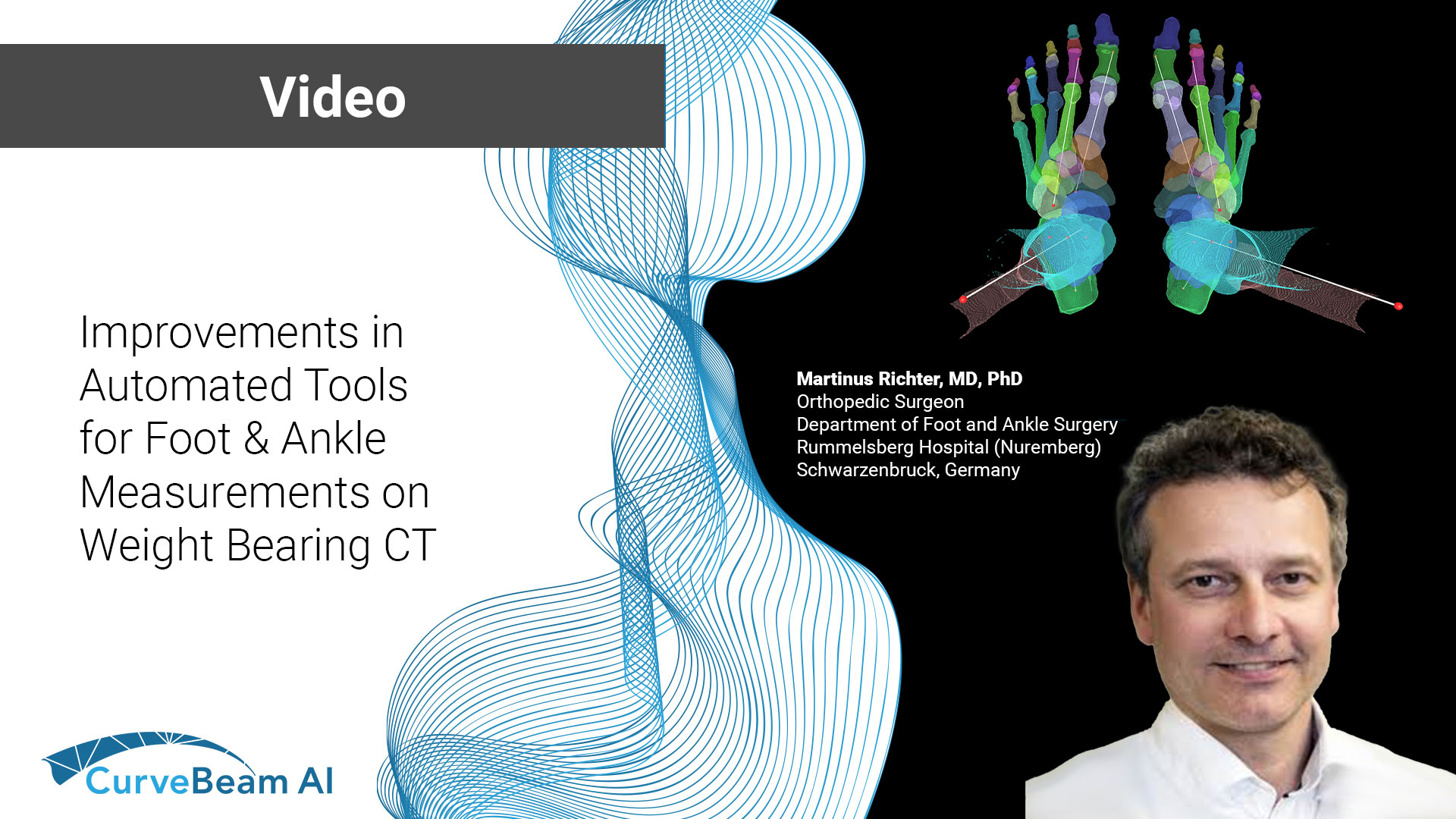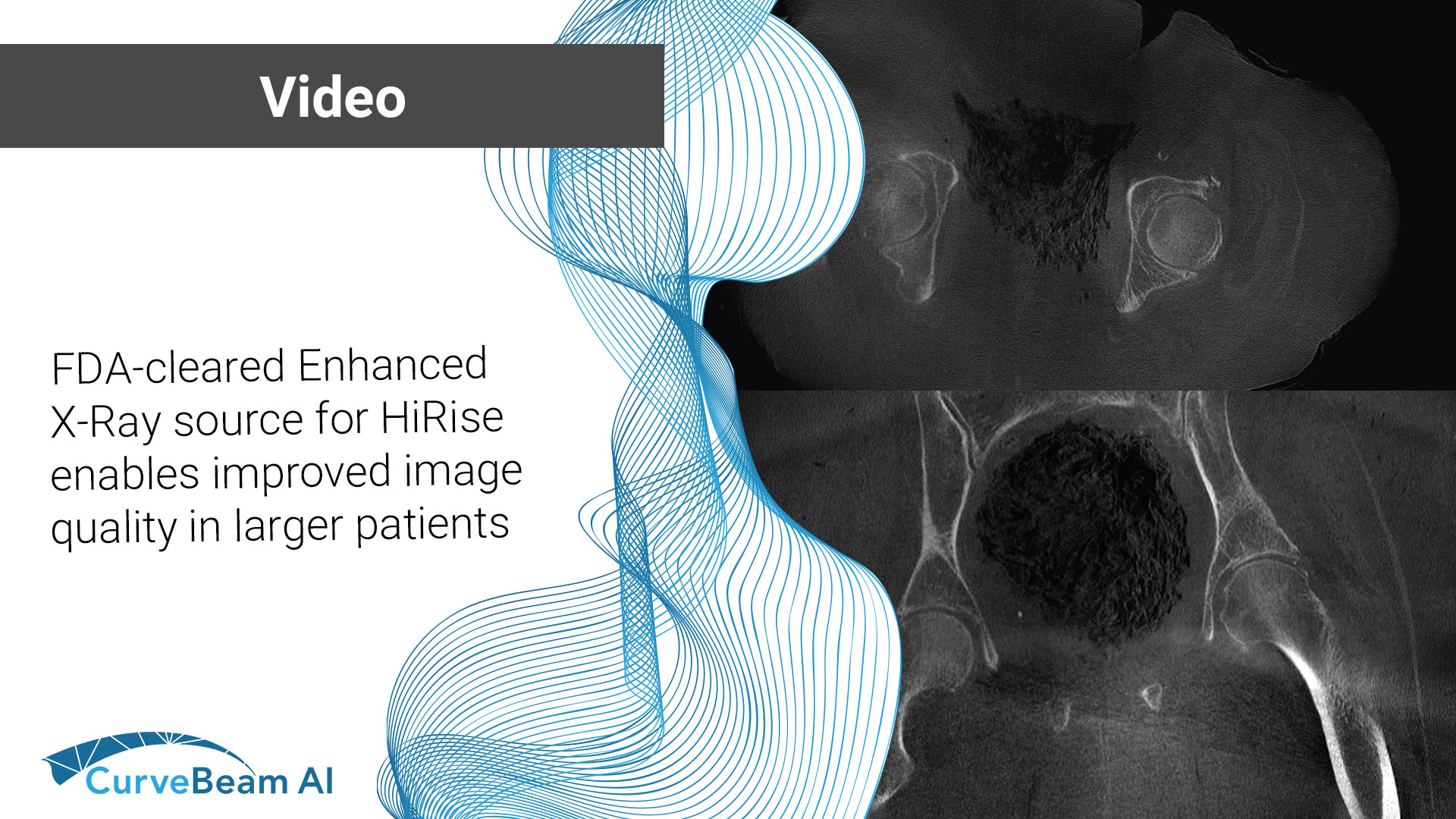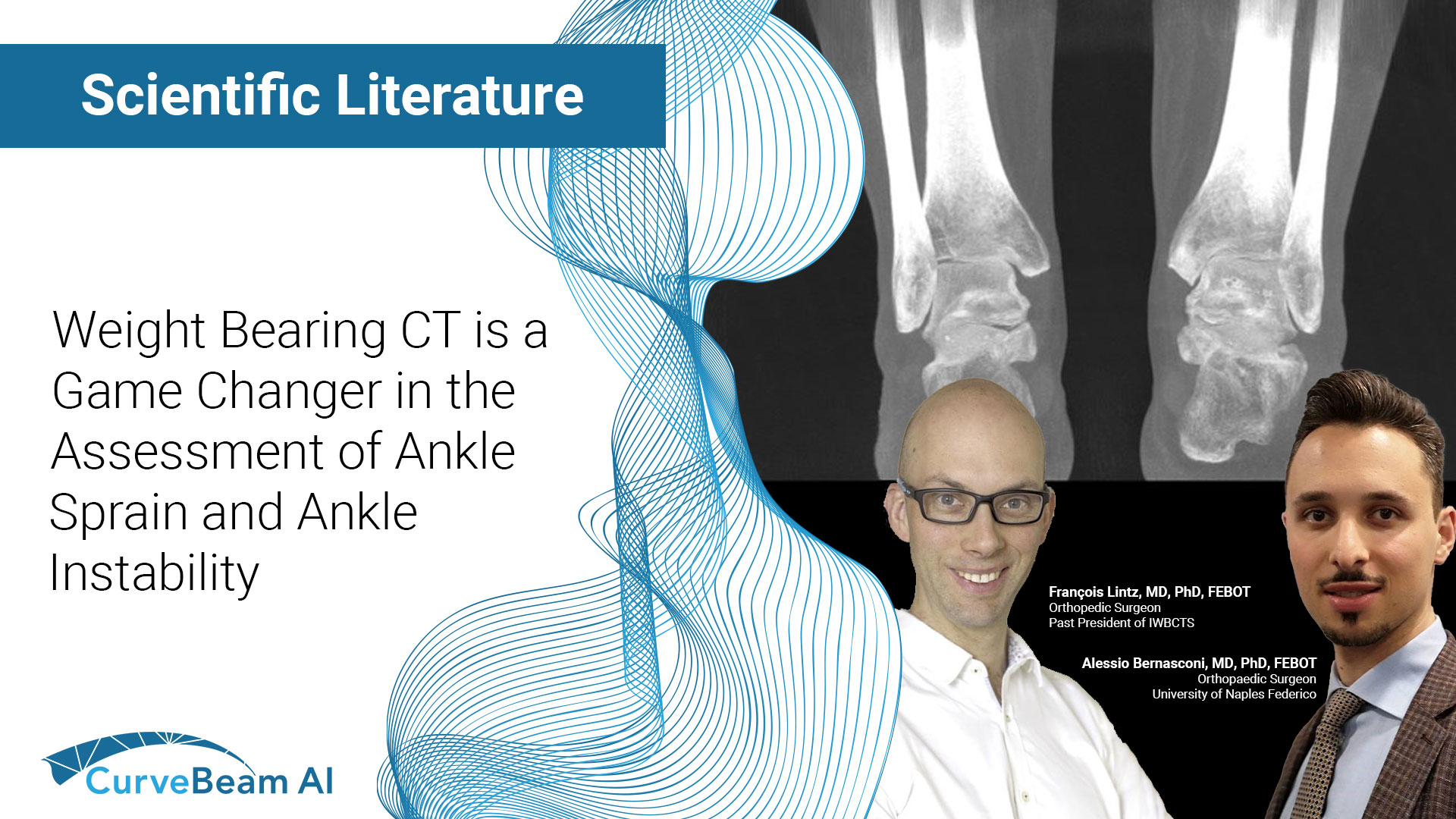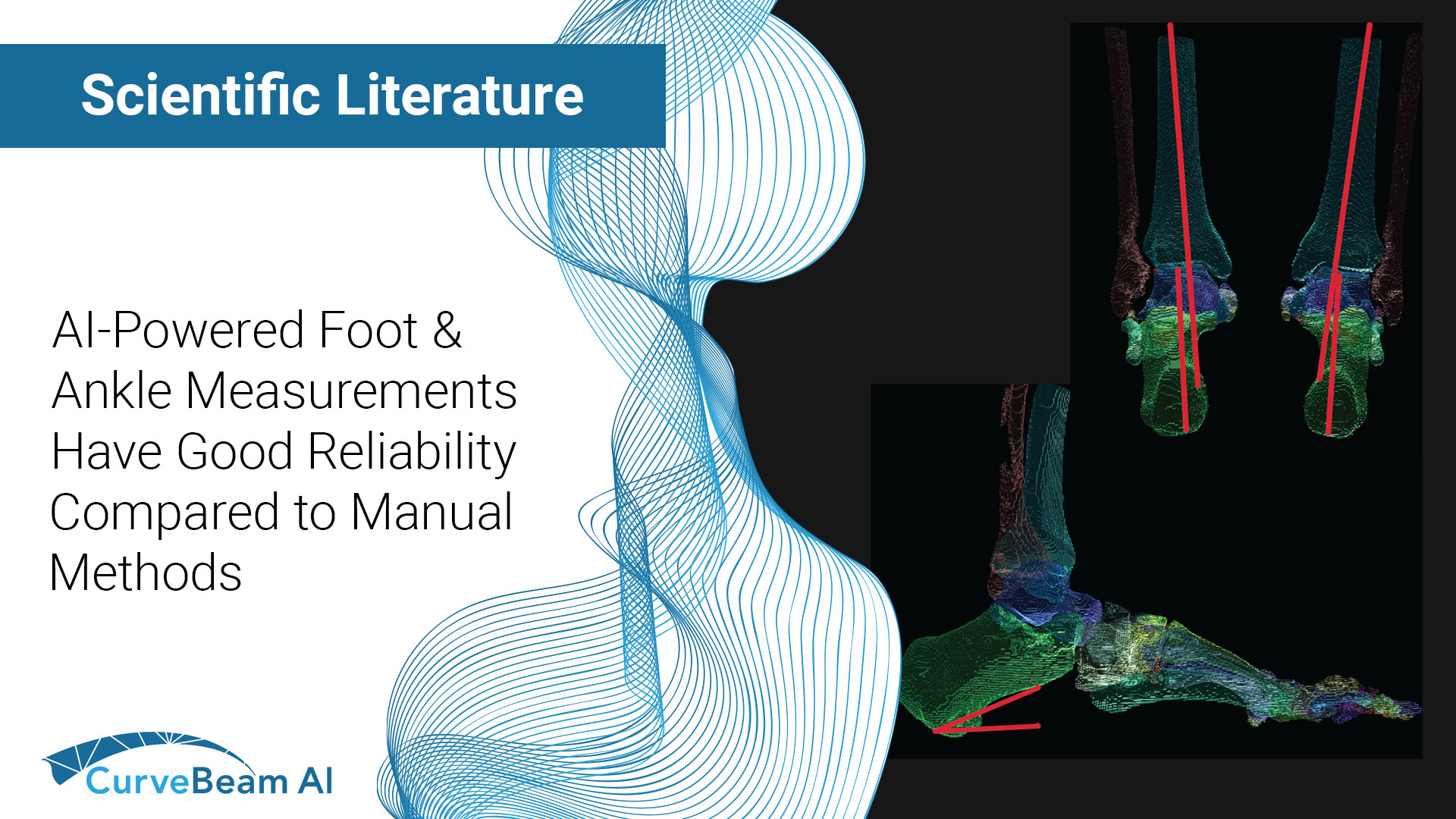
Let A.I. Do it For You
With CurveBeam AI Autometrics, the sky is the limit. Well, the Cloud to be more precise. Autometrics will automatically segment foot & ankle datasets, making an otherwise time-consuming manual process available for clinical applications. Investigational only; not available for sale in the United States or Europe.
Let A.I. Do it For You
With CurveBeam Autometrics, the sky is the limits. Well the Cloud to be more precise. Autometrics is an upcoming platform that will automatically segment datasets, one of the most time-consuming manual processes for clinical settings. Investigational only; not available for sale in the United States or Europe.

Secure,
Zero-Footprint
Web App
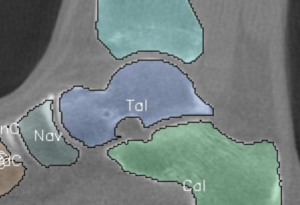
Segment Anatomy
with Little-to-No
Manual Input
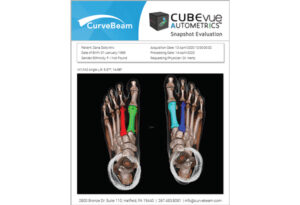
Generate
PDF
Reports
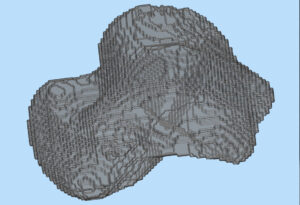
Export
Segmented Datasets
as .STL
Features
Intuitive Interface
Collapsible menus and pre-set angle views make it easy to navigate the volume and measurements.

Fast Analysis
Interactive tools let you quickly toggle between different views and measurements.

Customizable
Use default angle and distance measurements or create custom surface and volume measurements as-needed.

Expanding Toolset
New measurements designed from clinical feedback and scientific research are continuously under development.
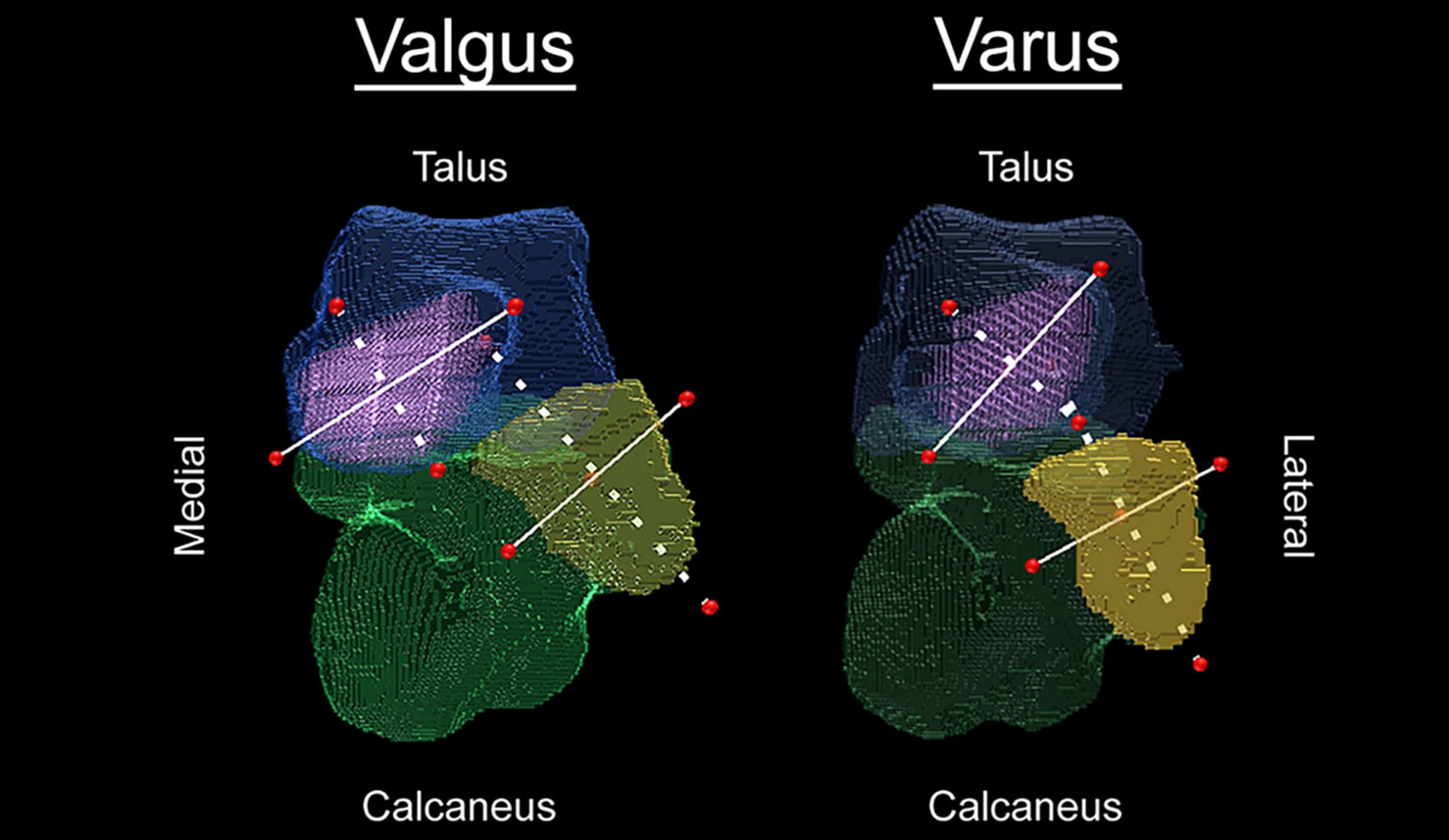
Smart M1-M2
Traditional IMA methodology
The intermetatarsal angle (IMA) is a radiographic measurement of the long axis of the 1st and 2nd metatarsals. Identification and measurement of the IMA represents a near universal tenet of determining hallux valgus (HV) deformity severity. When an increased IMA is present, surgical intervention can be indicated. Comparison of pre-operative and post-operative radiographic analysis of IMA is often the standard used to determine if HVA deformity was adequately corrected.
IMA is typically measured on two-dimensional plain radiographs. Conventional computed tomography may be utilized for complex cases.


